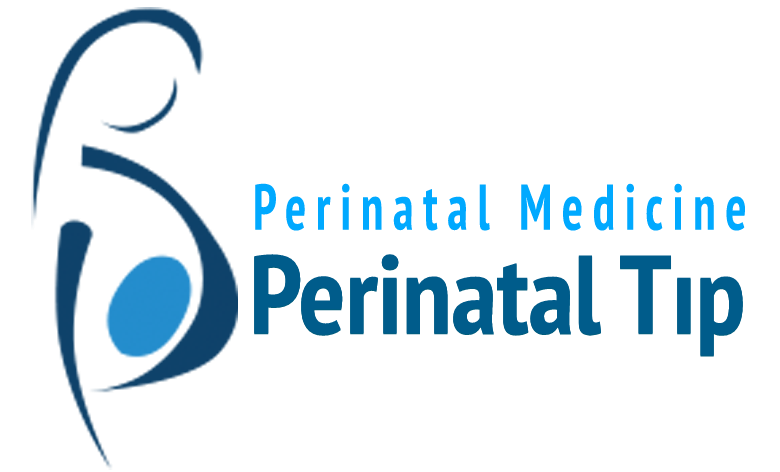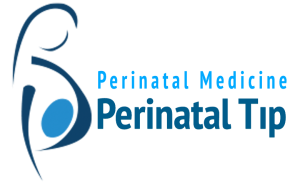
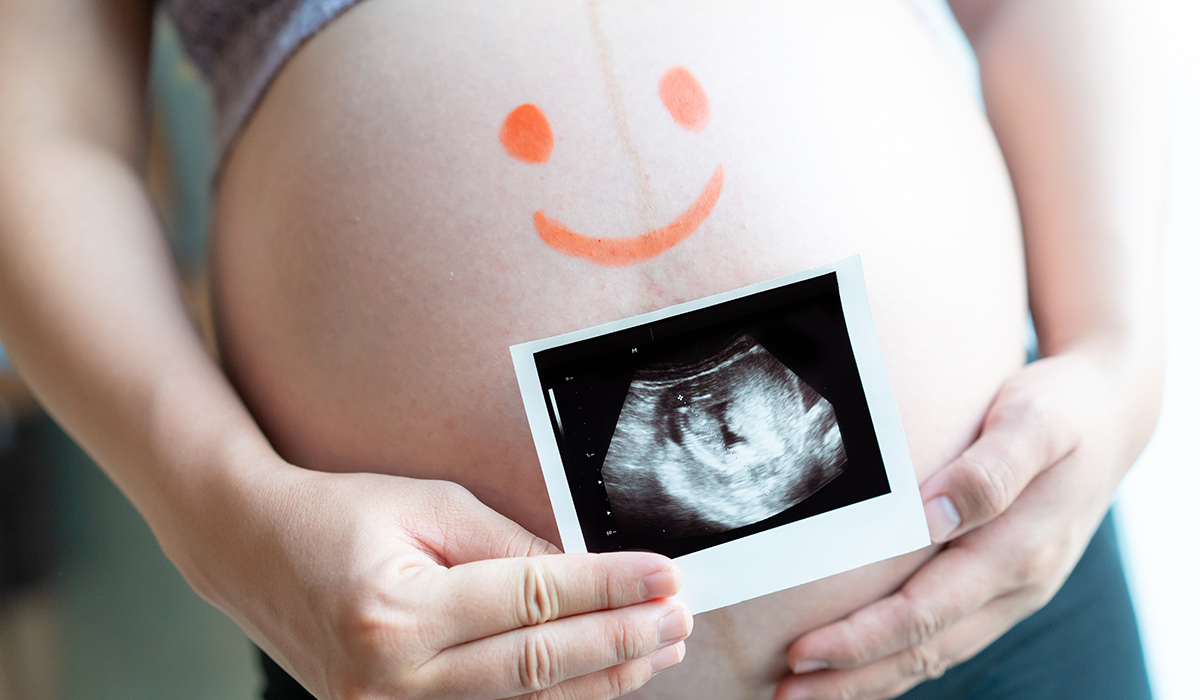
What is Perinatology? (High-Risk Pregnancy)
Perinatology is a discipline related to risk assessment of patients before, during and after pregnancy, feto-maternal; that is, prenatal diagnosis of many fetal-mother-related diseases, making treatment-follow-up plans and .... ⇒⇒⇒
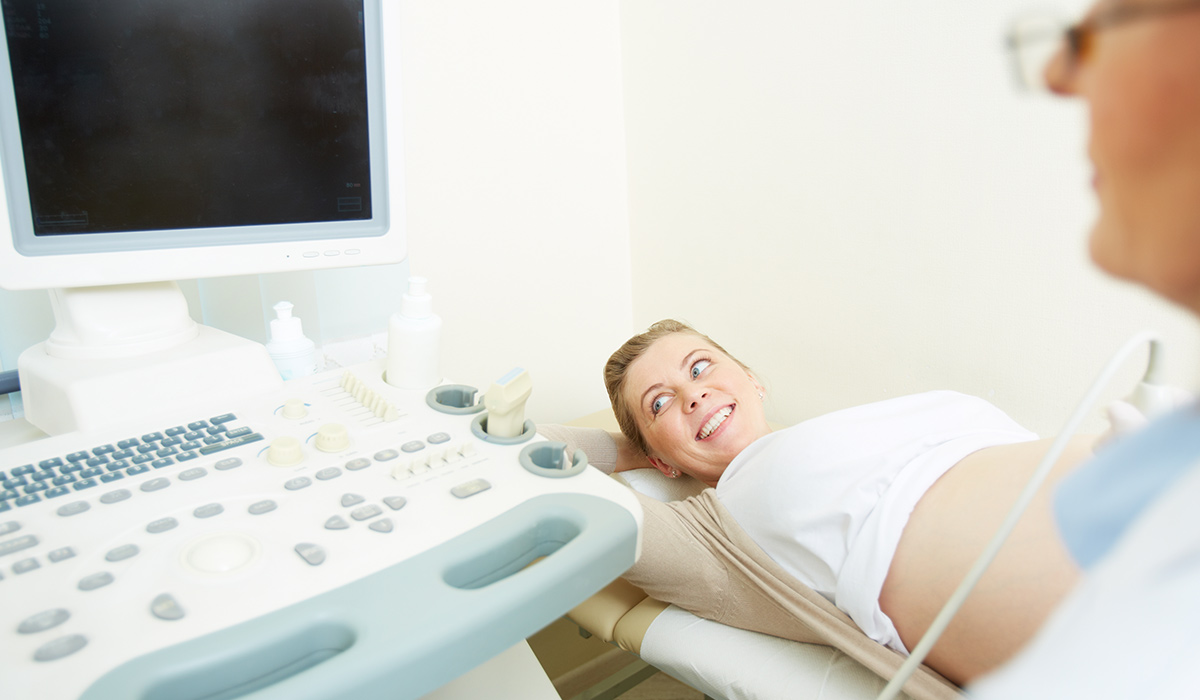
High-Risk Pregnancy
Doctor Follow-up in High-Risk Pregnancy Pregnancy is a normal and natural process. In some cases, diseases in the body of the expectant mother before conception (existing diseases of the mother) or problems that occur during the pregnancy period... ⇒⇒⇒
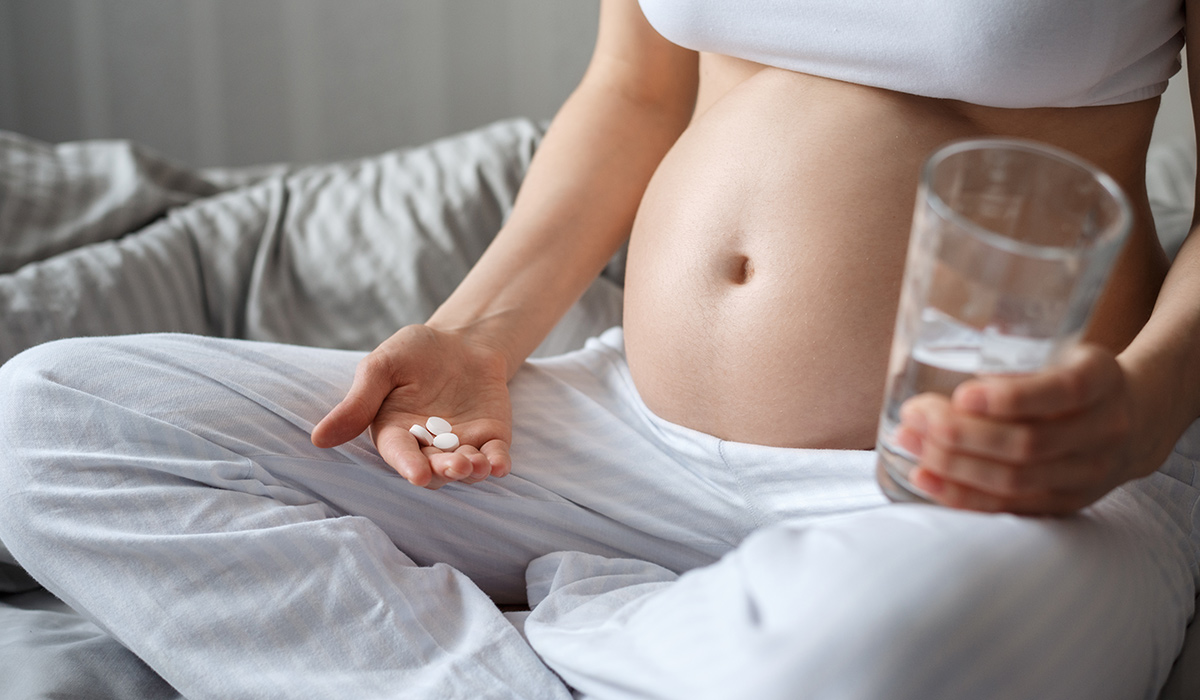
Consuming of Folic Acid in Pregnancy
It is important and beneficial to eat foods rich in folic acid, preferably 2-3 months before the planning of pregnancy. The probability of a baby with a neural tube defect such as spina bifida in pregnant women who care... ⇒⇒⇒

What We Need to Know About Corona Virus Infection
What are the clinical features of the disease in Corona Virus Infection (Covid-19)? Respiratory symptoms such as fever, cough and shortness of breath are present. If the disease worsens: ... ⇒⇒⇒
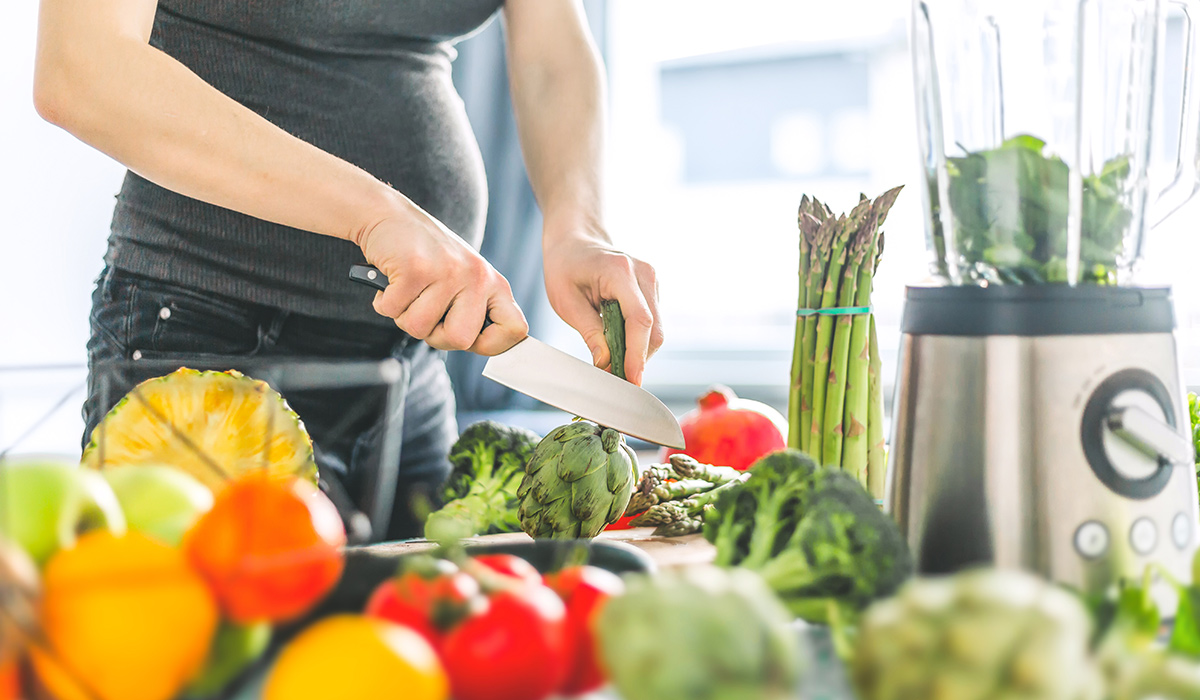
The Role of Multi-Vitamin Supplementation in Pregnancy
The amount of energy, protein, vitamins and minerals that non-pregnant women between the ages of 19-50, pregnant women and women in the lactation period should be ...⇒⇒⇒
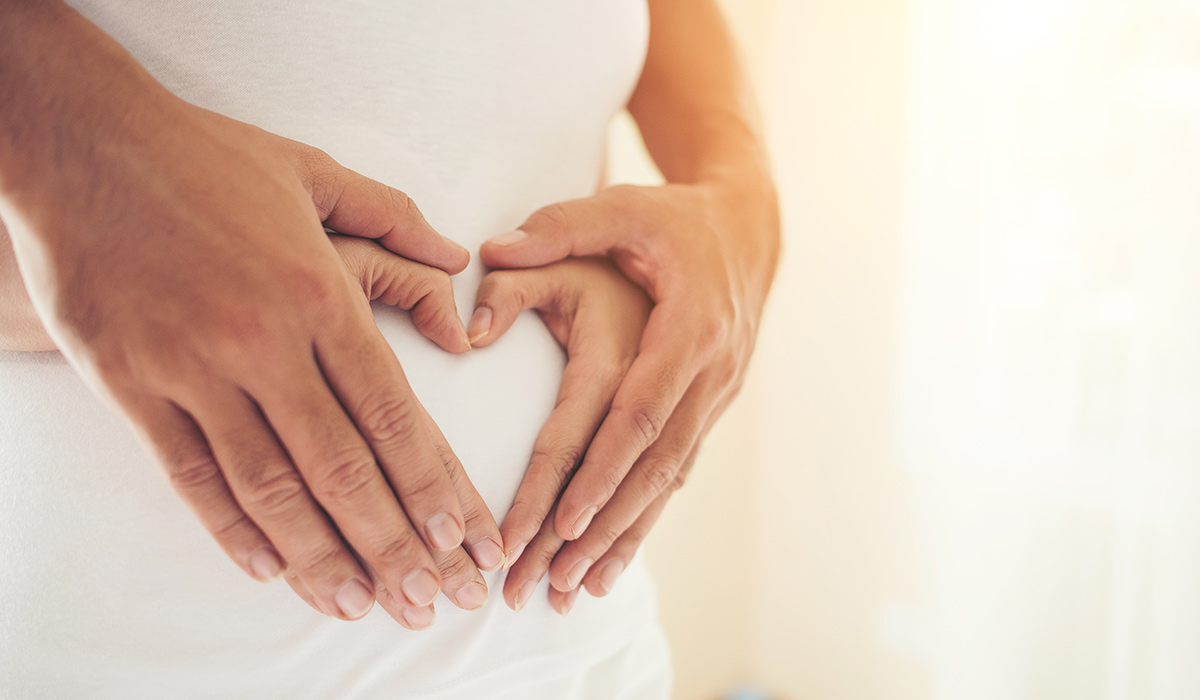
How Can We Make Risk Assessment More Effectively During Pregnancy
Perinatology is the science that deals with the health of both the mother and the baby during the pregnancy period. It is a higher specialization on gynecology and ... ⇒⇒⇒
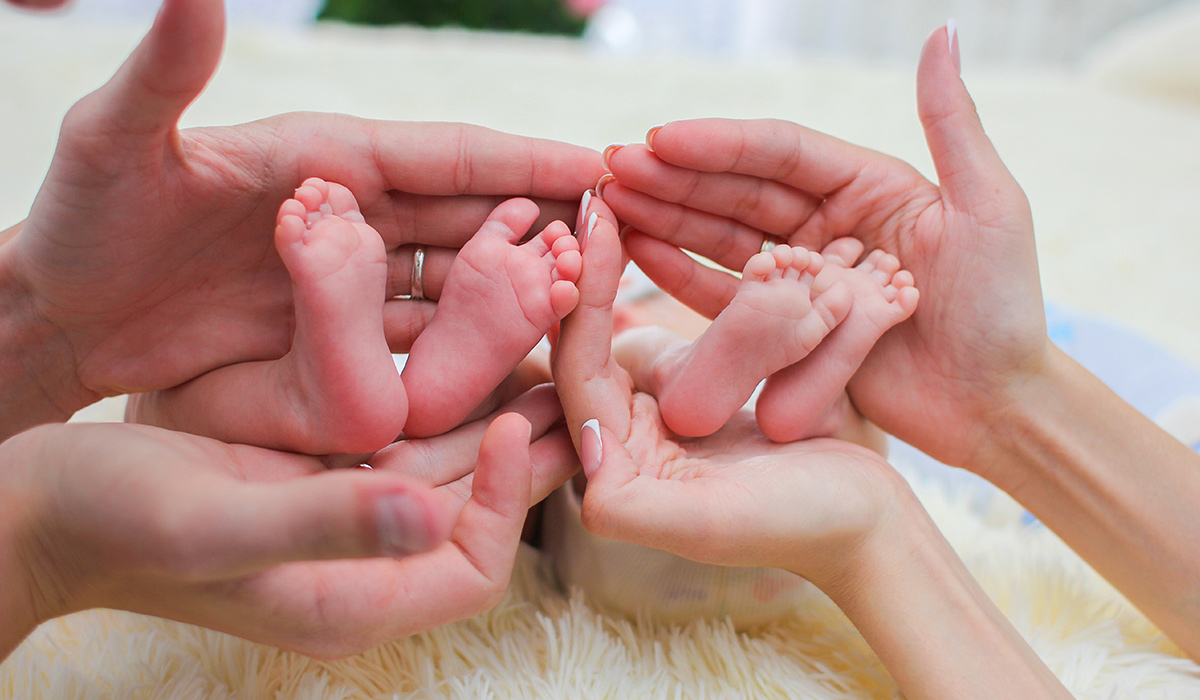
Dichorionic-Diamniotic (Identical or Fraternal) Twins
In addition to pregnancies formed by the fertilization of two separate eggs by two separate sperms, the placenta is separate in monozygotic twins formed by the zygote formed by ...⇒⇒⇒

What is Postpartum?
It covers the period of 40 days after birth. In this period, it is the period in which the changes in the internal and external genital organs and the body due to pregnancy gradually disappear. It covers the period of 40 days after birth. In this period, ... ⇒⇒⇒
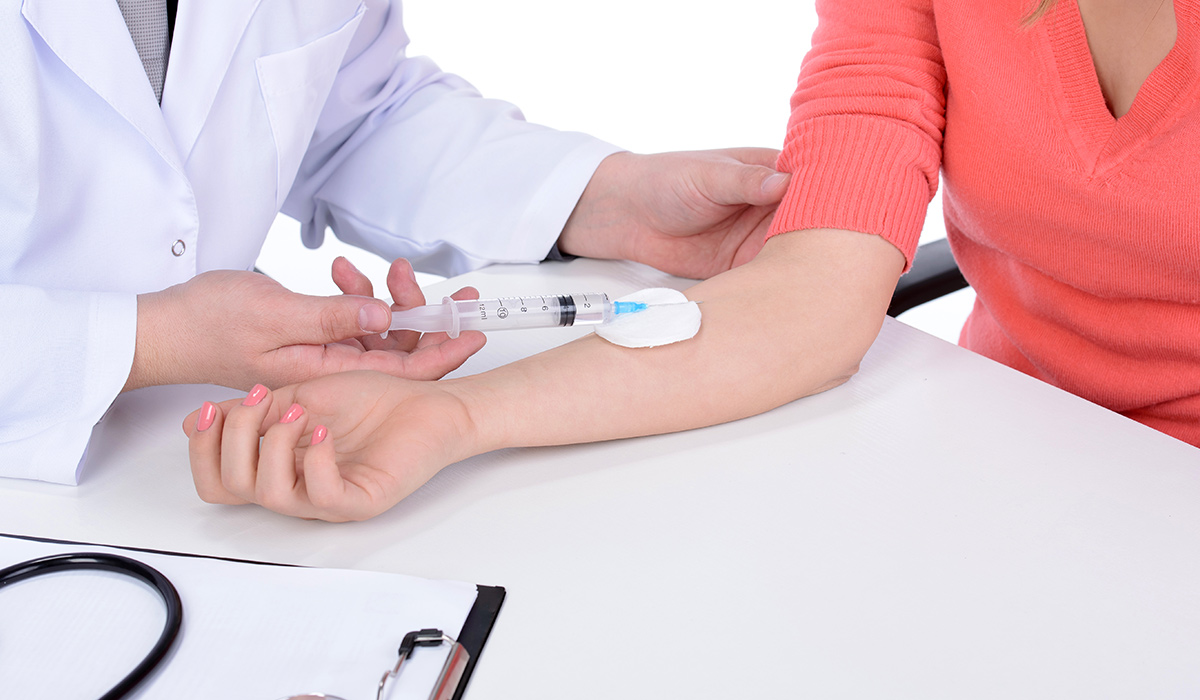
Iron and Anemia
No matter how much we feed on foods with high iron content, iron absorption from the intestines is limited and it is not possible to accelerate this absorption process. Absorption from the intestines is limited and slow, and a certain time period is needed...⇒⇒⇒
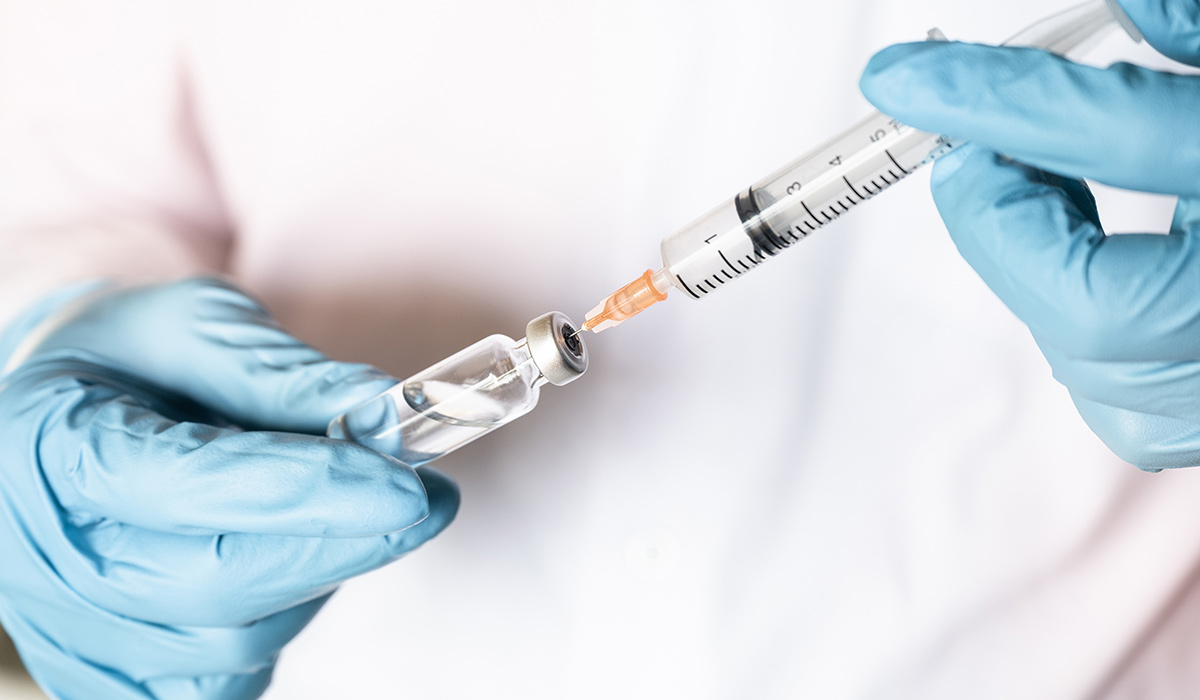
Rubella
Rubella infection epidemic is less common in our country due to the fact that it is now in the vaccination program. Those who are unsure of the vaccine or don't know whether they are immune would be wise to get tested. ... ⇒⇒⇒
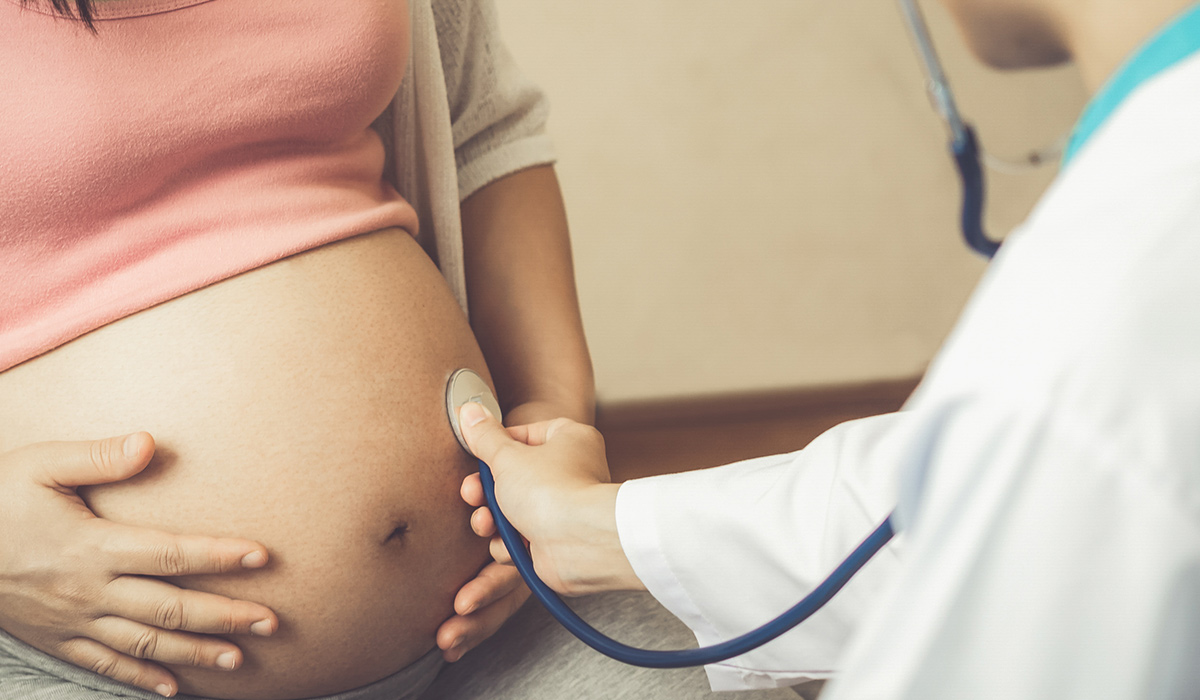
Ectopic Pregnancy Symptoms
Symptoms of ectopic pregnancy appear between 5 and 8 weeks after the last menstrual period. Classic clinical findings: lower abdominal pain (groin pain), vaginal...⇒⇒⇒

Risks of Multiple Pregnancies
The characteristics and results of twin pregnancies in which the placenta is separated and the twin pregnancies in which the placenta is common-single are different....⇒⇒⇒
